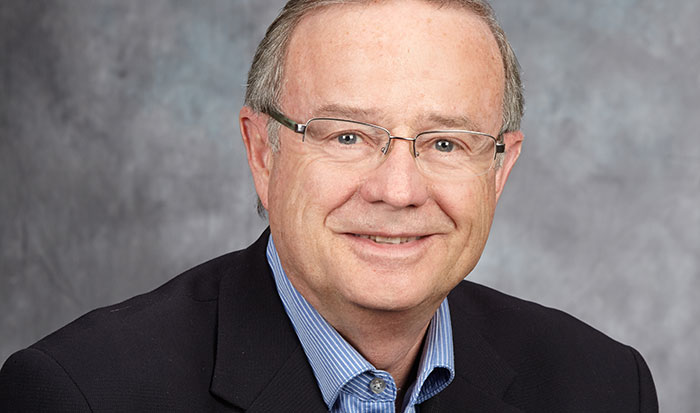Tapping Into Your Tax-Deferred Income
If you are ready to start drawing income from your investments, or are already drawing income, you may be surprised at how much the taxes are.
There is a more tax-effective way to access your money – which can maximize the amount you keep. Different forms of distributions have different levels of taxation, which can have a major impact on the after-tax value of your withdrawals.
There are four (4) general categories of income and they are taxed differently. From highest tax rates to lowest they are Interest Income, Dividend Income, Capital Gains & Return of Capital (R.O.C.). Return of Capital provides the most tax-effective form of distribution since it is not taxable. Capital Gains is the next most tax-effective form of distribution.
How does the R .O.C. process work? You invest your capital as you would with any other investment. You then chose an annual withdrawal amount anywhere from 0% to a maximum of 8% of your investment. The maximum withdrawal percentage is set by the investment firm so as not to deplete the investment portfolio too quickly. This withdrawal percentage can be changed at any time so you are not locked into a specific withdrawal percentage.
Your withdrawal is typically made on a monthly basis and consists of a return of your original invested capital over time. The return of capital withdrawals will lower the amount of the original investment over time. What remains in the account, after you have withdrawn your total original investment, is any growth the investment has achieved over the years on the original investment. Any subsequent withdrawals after the original capital reaches $0 are taxable as capital gains, which is currently taxed at a lower rate compared to dividend or interest income.
This process allows you to defer the taxation of the portfolio’s gains, over many years, until such time as the original capital invested reaches $0.
A simple way of viewing this process is as follows. Your original investment goes into bucket #1. Bucket #1 is then invested. Your monthly R.O.C. withdrawals are taken from bucket #1, thus reducing the original amount invested with each withdrawal. These withdrawals from bucket #1 are R.O.C. and therefore Non-Taxable. The growth in the investments in your total portfolio, over time, go into another bucket, let’s call it bucket #2 for future withdrawal once bucket #1 is exhausted.
Let’s look at an example. Assume you invested $1,000,000 and decided to withdraw (i.e. R.O.C.) at a 5% rate. That would be a $50,000 annual withdrawal, totally tax-free as it would be all R.O.C. This process continues for 20-years, during which time you would be receiving $50,000 tax-free annually. Let’s also assume that your investment portfolio was generating a 7% annual return. At the end of 20-years you would have withdrawn $1,000,000 tax- free and your original capital would have been depleted (i.e. bucket #1 would be $0). The remaining assets in bucket #2 would have grown, over the 20-years to approximately $1,868,000. Any withdrawals from bucket #2 now would be taxable as capital gains.
If your investments grew at a 6% annual rate, after 20-years of tax-free income you would still have approximately $1,385,000 in bucket #2.
If your investments grew at an 8% annual rate, after 20-years of tax-free income you would still have approximately $2,473,000 in bucket #2.
With these examples, investments can be up $1-2MM after 20-years. This allows your financial advisor to run scenarios varying a) the investment initial amount, b) number of years required to fruition and c) withdrawal percentage.
This strategy, is great but you should also be maximizing your TFSA contributions.
Call us today for a review of how you might generate tax-free income from your retirement assets.
Also, visit our business website myfinancialsolutions.ca for additional financial information on insurance, retirement/estate planning, investments and a whole host of other financial topics.


























